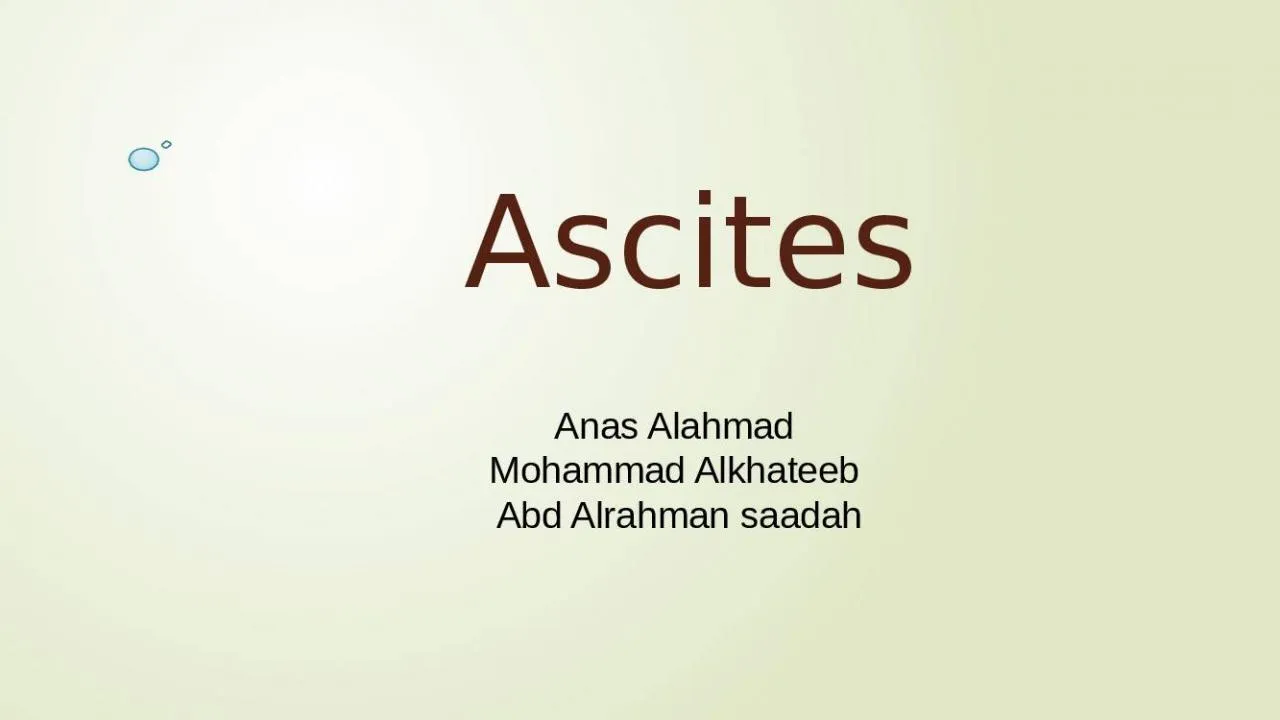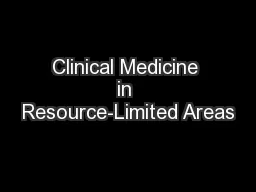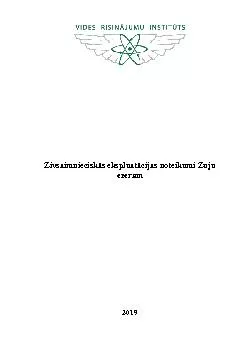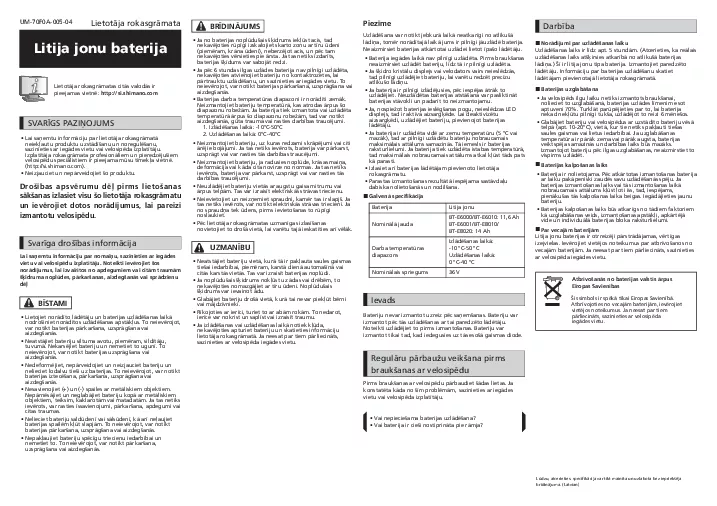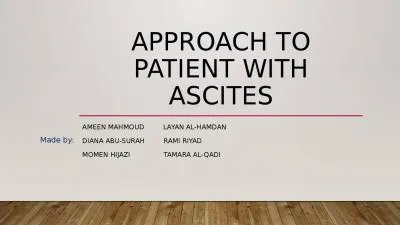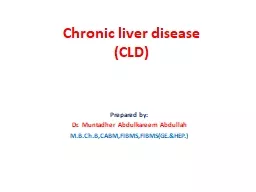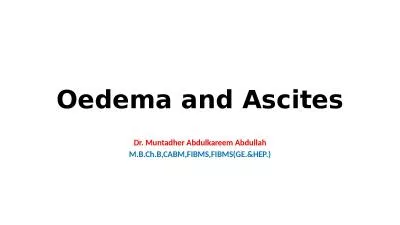PPT-Ascites Anas Alahmad
Author : sophia | Published Date : 2022-02-15
Mohammad Alkhateeb Abd A lrahman saadah Cont e nts Clinical case Defi n it i on Types and Causes Cli n ica l f eatu r es Complications H i sto r y
Presentation Embed Code
Download Presentation
Download Presentation The PPT/PDF document "Ascites Anas Alahmad" is the property of its rightful owner. Permission is granted to download and print the materials on this website for personal, non-commercial use only, and to display it on your personal computer provided you do not modify the materials and that you retain all copyright notices contained in the materials. By downloading content from our website, you accept the terms of this agreement.
Ascites Anas Alahmad: Transcript
Download Rules Of Document
"Ascites Anas Alahmad"The content belongs to its owner. You may download and print it for personal use, without modification, and keep all copyright notices. By downloading, you agree to these terms.
Related Documents

